
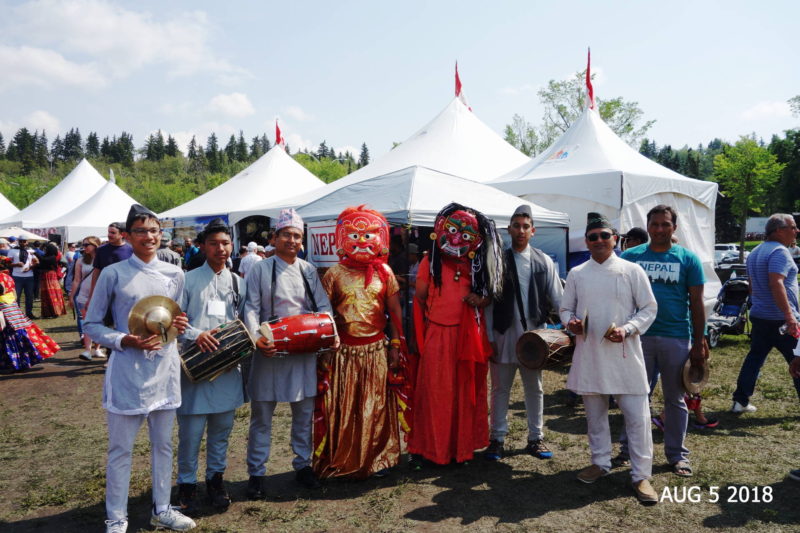
The Kumari Charya dance and Lakhey mask dance along with other ethnic dances of Nepal and the world were performed at the 43rd Edmonton Heritage Festival in Edmonton, Alberta, Canada. The annual three-day long festival honors Alberta’s vibrant cultural heritage and diversity and was held at Sir William Hawrelak Park from August 4 to 6, 2018. About 350,000 people from different ethnic background attended the heritage festival over this long weekend.
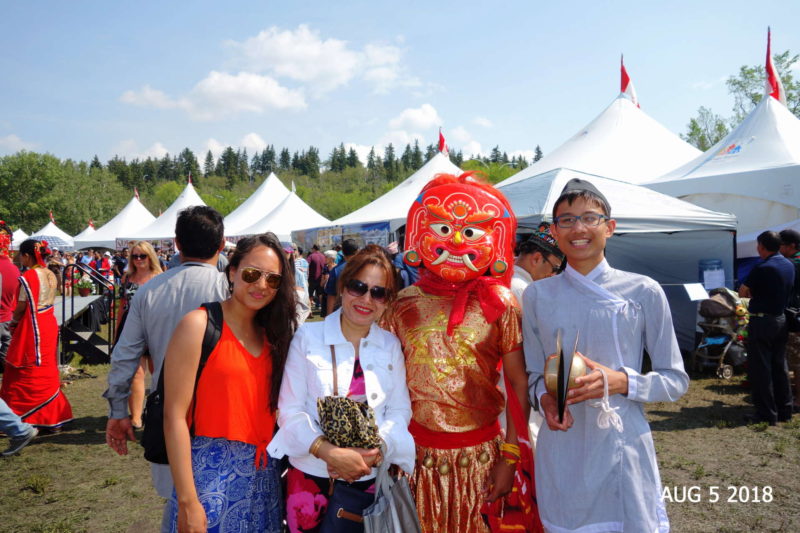
The Edmonton Heritage Festival is one of the largest multicultural festivals in the world. This year, there were 72 pavilions (representing 100 countries) in the heritage festival. Each pavilion in the festival had stalls for unique and culturally authentic food items to taste and arts, crafts and costumes to purchase at a nominal price. In the festival, there were about 25 stages that showcased ethnic cultural performances entertaining the visitors free of cost. In the heritage festival, NECASE (Nepalese Canadian Society of Edmonton) has been coordinating the Nepal pavilion since 2000 AD.
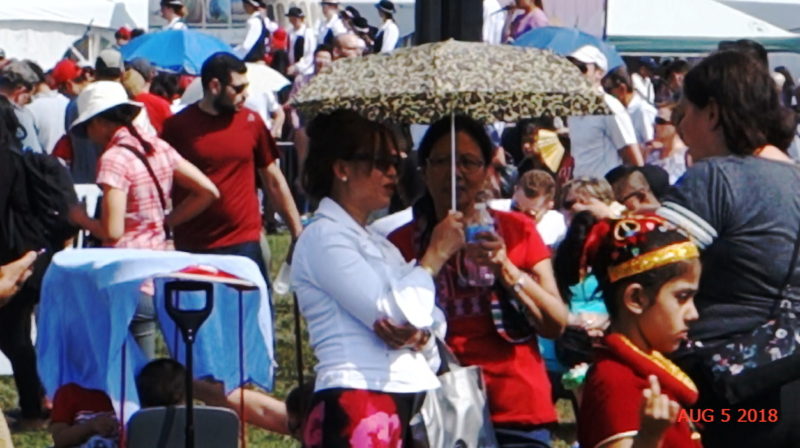
The Kumari Charya dance is one of the ancient classical Newa dances of Nepal. This sacred spiritual dance is named after Kumari, the virgin living goddess or representation of goddess Bhagwati (the mother of the Hindu universe). This dance is based on Vajrayana, the practice of visualizing oneself as the deity. The postures and finger positions (mudras) in the dance have significant meanings. The tradition of worshipping a virgin girl as a living goddess Kumari started from 1756 AD. During the Indra Jatra festival, three chariots carrying human representations of Ganesh (the god of beginnings), Bhairav (the god of strength) and Kumari decorated in traditional costumes, splendid ornaments and extreme makeup on their faces with colors are pulled along the main localities of Kathmandu for three consecutive days. The chariots are accompanied by traditional musical bands and throng of devotees. During the festival, thousands of devotees including the head of state pay homage to the human representation of these deities.

The Lakhey mask dance is one of the most popular and terrifying ethnic Newa dances of Nepal performed during the festival of Indra Jatra. The dance is characterised by wearing a ferocious Lakhey mask, colorful costume and mane of black and white hair, and performing wild movements with thumping music. This mask dance is accompanied by traditional music of Dhimay (a special drum) and Bhushyah (a pair of cymbals). In Nepalese folklore, Lakheys are considered as man-eating demons that reside in the forest. According to legend, a Lakhey falls in love with a young girl in Majipa of Kathmandu and starts dating the girl in human disguise. But when he is caught, instead of punishing him, the family and locals offered him impunity and life with his lover as he promised to protect the children and give up his carnivorous appetite. Since then, Lakheys are considered as the protectors of children and people started worshiping them as deity.
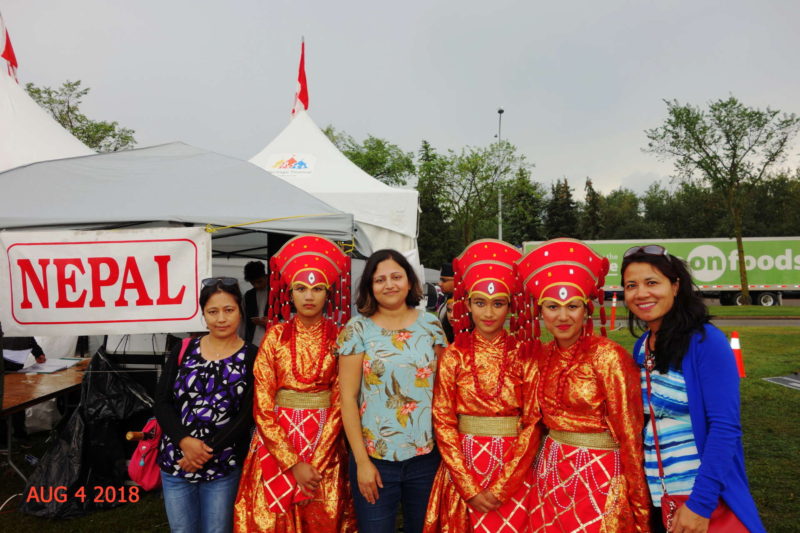
In the heritage festival, both the Kumari Charya dance and Lakhey mask dance were performed by local artists from the Newa Cultural Society of Alberta (NCSA). Meanwhile, NCSA is a non-profit organization incorporated in April 22, 2013 under Societies Acts of Government of Alberta to practice, promote and preserve Newa culture and tradition in Edmonton. Dr. Hemanta Joshi is the founding president of NCSA (www.ncsacanada.com).
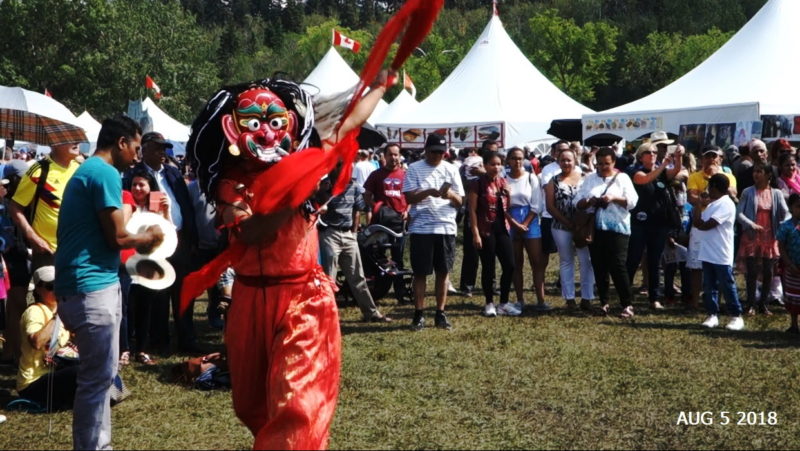

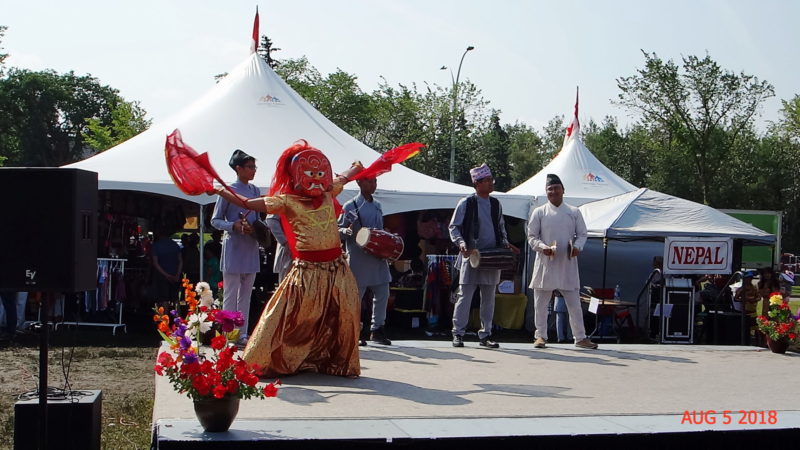


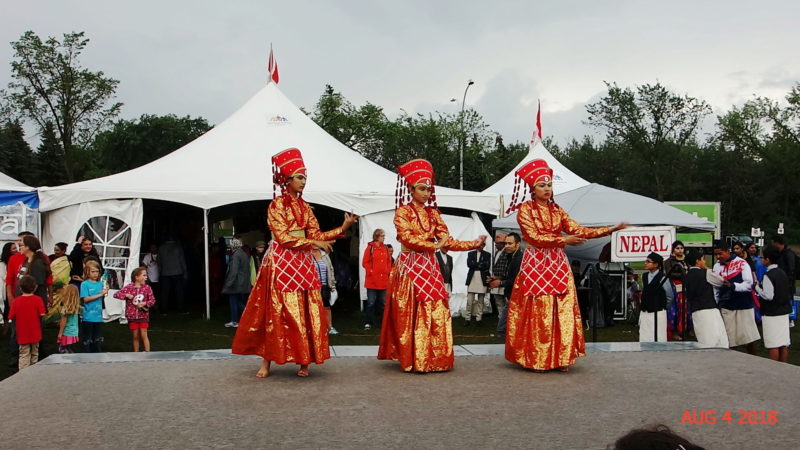
प्रतिक्रिया